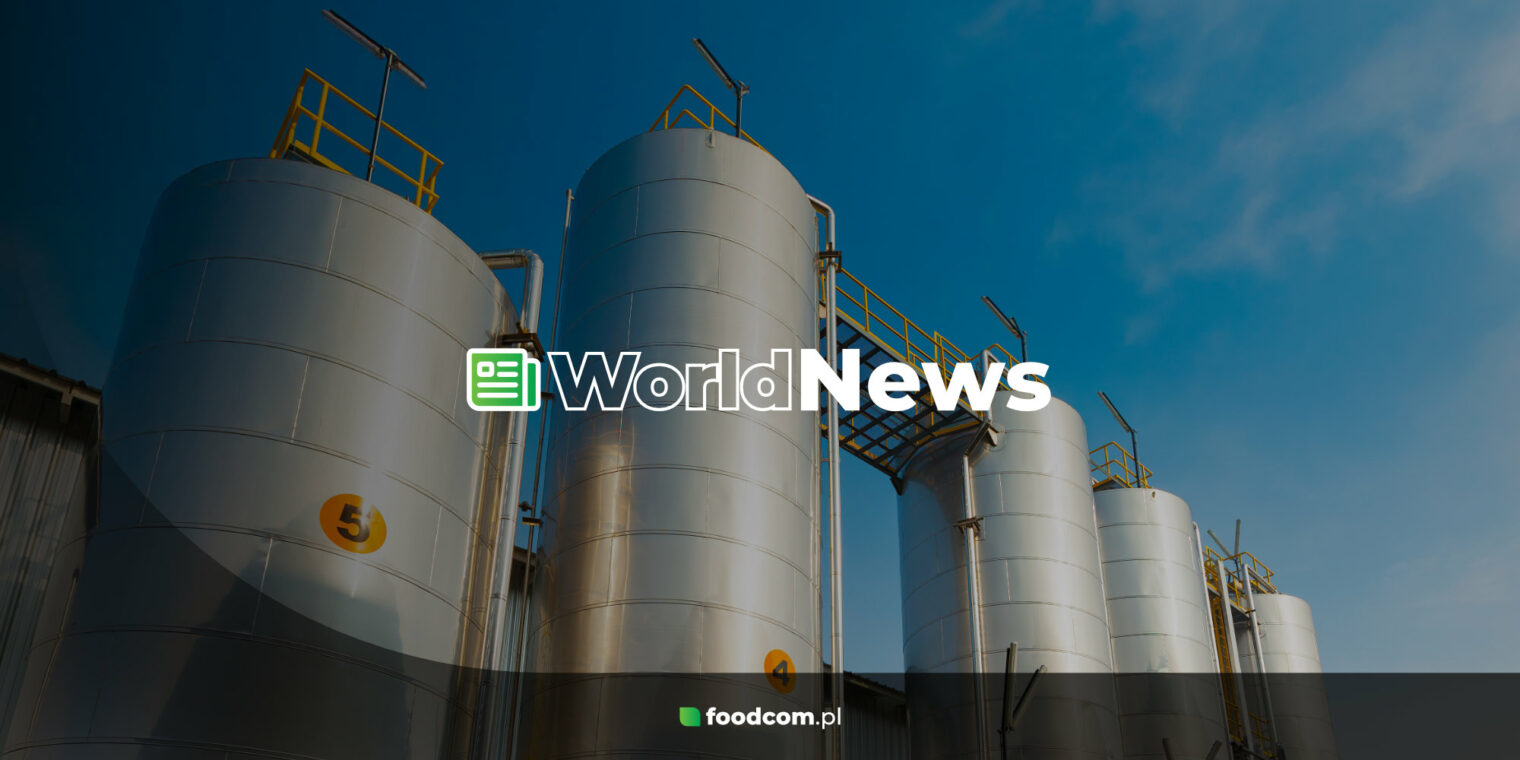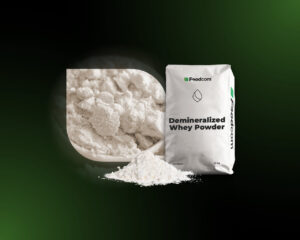Summary
Table of contents
Read through the recent developments in the Russian dairy market. Top news includes a slight increase in milk production in January-February, lower overall dairy imports, and a surge in cheese deliveries to the EU. Discover how Russia plans to increase its dairy sufficiency and what challenges are ahead for 2021.
In January-February 2021 milk production in Russia reached a total of 2.883 million tonnes gross – an increase of 1.8% compared to the same period last year. This is mainly due to the enhanced productivity of dairy herds by 3.5%. The largest production was noted in the Tatarstan region with 198.1 thousand tonnes while the Penza region set the highest increase – 24,7% compared to January-February in 2020.
In January 2021, the overall dairy imports to Russia in terms of volume dropped by 10% compared to the same period last year. The purchases amounted to 577,000 tonnes at the value of $ 202.6 million – 25% less in monetary terms. Cheese imports were the only dairy category that not decreased. The import of dairy goods to Russia in the first month of 2021 was dominated by Belarus that delivered 75% of the products – an increase of 14%. Other suppliers include New Zealand, Argentina, and Uruguay. In value terms, Russia spent the most on cheese purchases – 41% of the orders were made for this product. Other goods were butter with 22% and fermented milk products with 5%. In terms of export, Russia delivered 5 tonnes of cheese to the EU in January 2021 – a 67% increase from the same period last year.
According to the ministry of agriculture, Russian sufficiency in milk and dairy products was 84% in 2020 but the goal is 90%. The plan is to stimulate domestic milk production by governmental programs for which 37 billion rubles were dedicated in 2020. Russia has set the goal for milk production in 2021 at a total of 20.124 million tonnes, then in the next year at 20.245 million tonnes, and finally 20.503 million tonnes in 2023. According to the ministry of agriculture, the measures developed for the increased milk production include new animal housing technologies, improved efficiency of the animal feed, and closer examination of the genetic potential of dairy herds.
In 2020, the exports of Russian dairy goods grew by 20% in physical terms and by 15% in value.
In 2020, Russia exported 207 thousand tonnes of dairy products worth $ 318 million – in volume terms there was an increase of 16% from 2019. In the upcoming years, the overall export of dairy goods is expected to grow by 20-25%. Russia is prioritizing Saudi Arabia and other countries in the region as there is a visible demand for Russian dairy products including soft and processed cheese, butter, and cottage cheese. Other partners targeted by Russia are major global dairy importers such as Japan and South Korea as well as Algeria and Serbia.
Moreover, one of the new challenges that Russian dairy manufacturers will need to face is the mandatory serialization of certain dairy products. The new regulations go into force in 2021 obligating the companies to label dairy goods before putting them on the market. As producers fear that the new measures may result in increased prices of the products, the Russian state declared to offer support by enabling leases to purchase the labeling equipment.
In January-February 2021 milk production in Russia reached a total of 2.883 million tonnes gross – an increase of 1.8% compared to the same period last year. This is mainly due to the enhanced productivity of dairy herds by 3.5%. The largest production was noted in the Tatarstan region with 198.1 thousand tonnes while the Penza region set the highest increase – 24,7% compared to January-February in 2020.
International trade
In January 2021, the overall dairy imports to Russia in terms of volume dropped by 10% compared to the same period last year. The purchases amounted to 577,000 tonnes at the value of $ 202.6 million – 25% less in monetary terms. Cheese imports were the only dairy category that not decreased. The import of dairy goods to Russia in the first month of 2021 was dominated by Belarus that delivered 75% of the products – an increase of 14%. Other suppliers include New Zealand, Argentina, and Uruguay. In value terms, Russia spent the most on cheese purchases – 41% of the orders were made for this product. Other goods were butter with 22% and fermented milk products with 5%. In terms of export, Russia delivered 5 tonnes of cheese to the EU in January 2021 – a 67% increase from the same period last year.
What is in store for the Russian dairy market?
According to the ministry of agriculture, Russian sufficiency in milk and dairy products was 84% in 2020 but the goal is 90%. The plan is to stimulate domestic milk production by governmental programs for which 37 billion rubles were dedicated in 2020. Russia has set the goal for milk production in 2021 at a total of 20.124 million tonnes, then in the next year at 20.245 million tonnes, and finally 20.503 million tonnes in 2023. According to the ministry of agriculture, the measures developed for the increased milk production include new animal housing technologies, improved efficiency of the animal feed, and closer examination of the genetic potential of dairy herds.
In 2020, the exports of Russian dairy goods grew by 20% in physical terms and by 15% in value.
In 2020, Russia exported 207 thousand tonnes of dairy products worth $ 318 million – in volume terms there was an increase of 16% from 2019. In the upcoming years, the overall export of dairy goods is expected to grow by 20-25%. Russia is prioritizing Saudi Arabia and other countries in the region as there is a visible demand for Russian dairy products including soft and processed cheese, butter, and cottage cheese. Other partners targeted by Russia are major global dairy importers such as Japan and South Korea as well as Algeria and Serbia.
New challenges
Moreover, one of the new challenges that Russian dairy manufacturers will need to face is the mandatory serialization of certain dairy products. The new regulations go into force in 2021 obligating the companies to label dairy goods before putting them on the market. As producers fear that the new measures may result in increased prices of the products, the Russian state declared to offer support by enabling leases to purchase the labeling equipment.
Categories:







